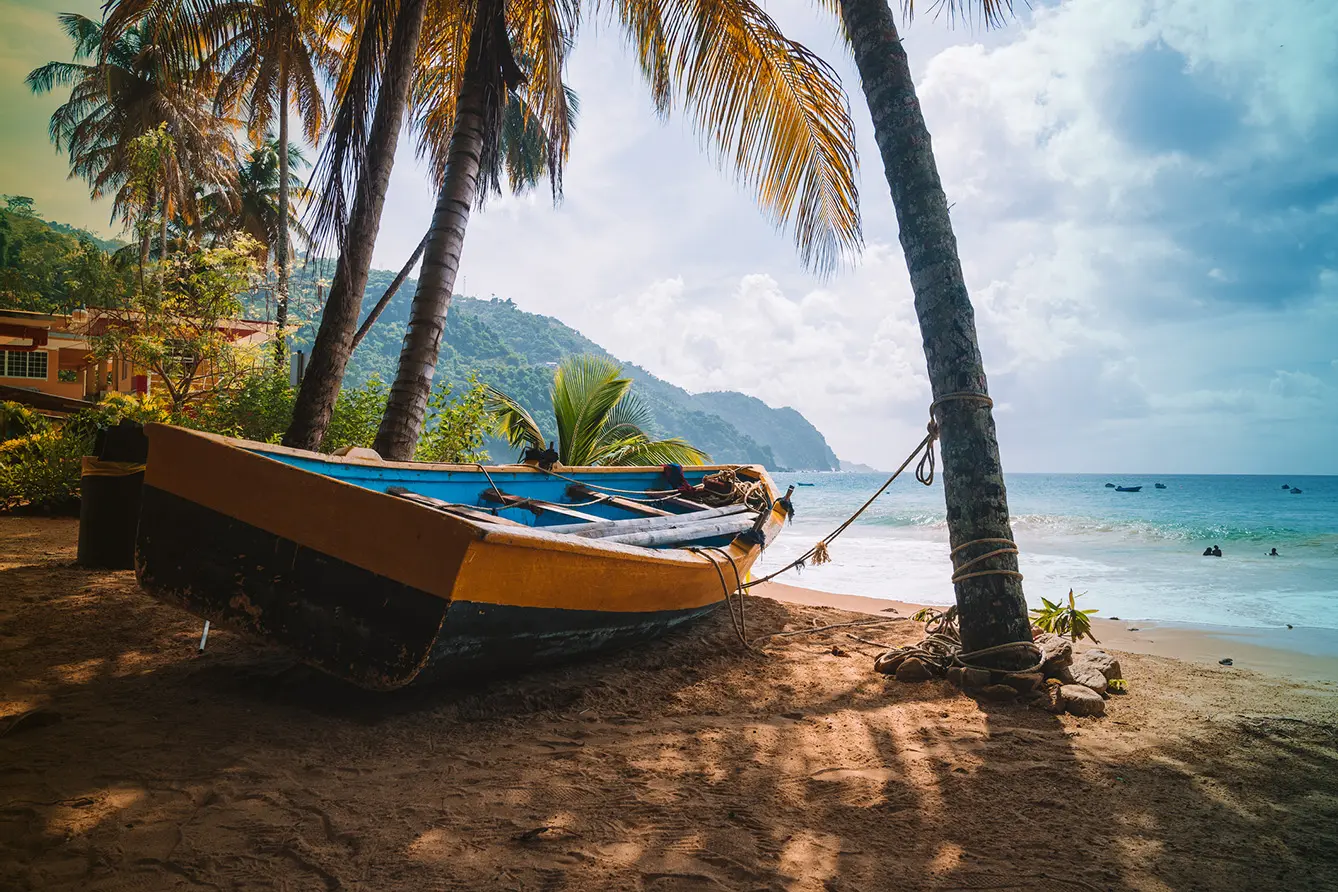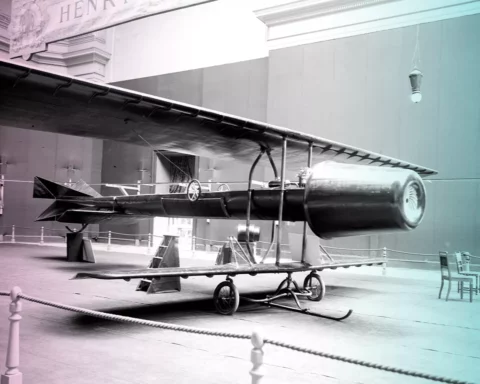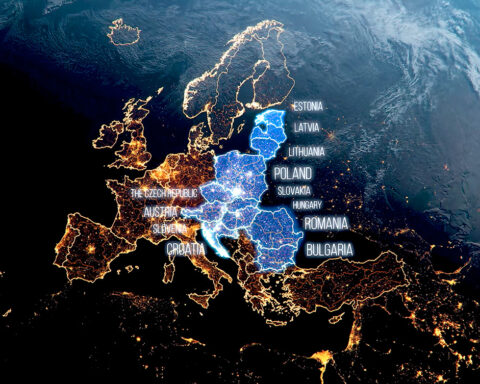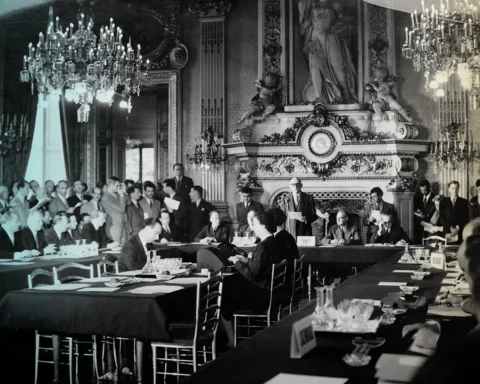In the post-World War Two political project of anti-colonialism, decolonization, and post-colonialism, questions around responsibility arose, as well as how extensively the term ‘colonialism’ could be used. Poland typically doesn’t call itself a post-colonial power; it is, however, argued that the Polish-Lithuanian Commonwealth used to have an extra-maritime territory.
Colonial power by proxy
It was possible by proxy, and the proxy was former knightly Christian order. But it was not the greatest of orders – that is, the German Teutonic Knights, who settled between the Kingdom of Poland and the Baltic Sea, and with whom Poland was at war for decades and eventually beat. It was the other order: that of the Livonian Order, an autonomous branch of the Teutonic Knights, also known as the Brothers of the Sword.
The territories of the Brothers of the Sword were in parts of the modern-day Baltic States. It included Dorpat (now Tartu), Reval (now Tallinn, the capital of Estonia), and Riga (the current capital of Latvia). In the 16th century, when the Muscovite (Russian) expansion to the Baltic Sea took off, the last Master of the Livonian Order, Gotthard Kettler, decided to go secular and become a Polish vassal. (*The German knights’ presence in the Baltics also explains a huge German cultural and political influence in the region.)
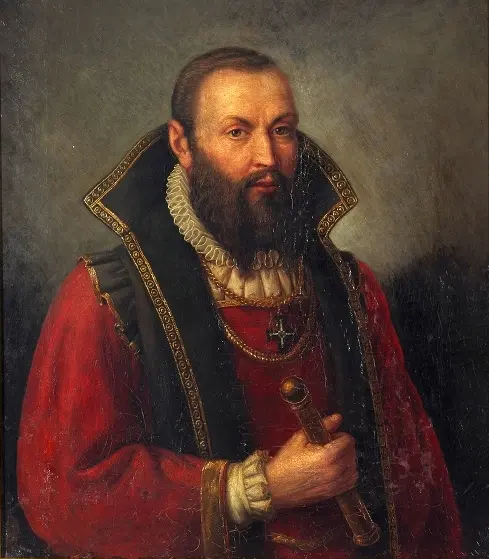
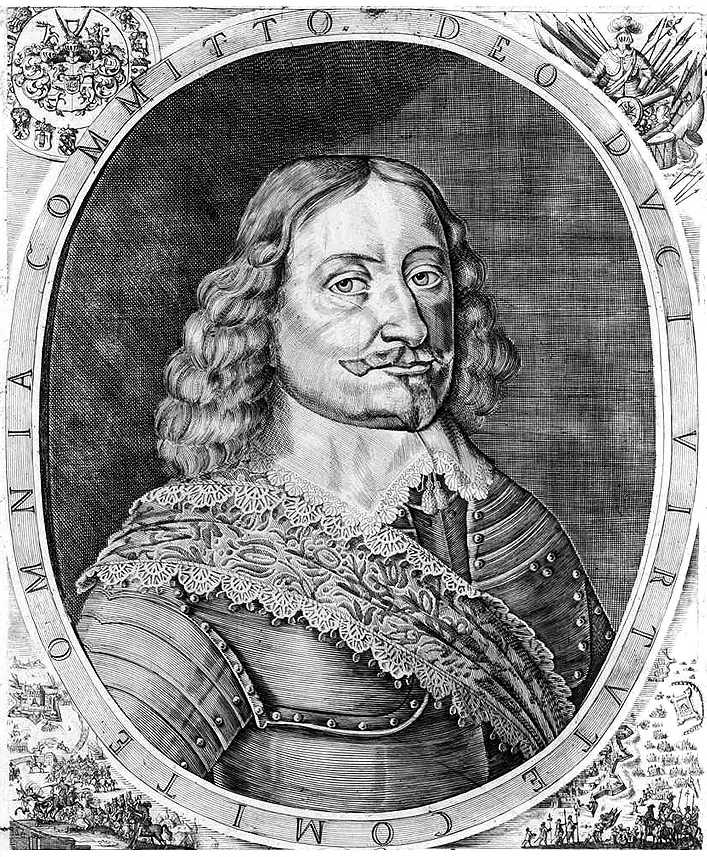
What about colonies, then? Well, as far as Poland never had colonies per se, the Duchy of Courland and Semigalia, formed by this vassalage and Gotthard Kettler becoming the duke – well, they had. In the 17th century, one of Gotthard Kettler’s heirs, Jacob, took a course for his country to become a ‘second Holland,’ if you will.
The pivot towards the sea
Muscovy was already strong, and the Polish-Lithuanian Commonwealth, formed soon after the Order turned Duchy in 16 c., was also a major player. Kettler imagined his country’s situation to be similar to Holland or the Netherlands – a small one with a remarkable place between much larger empires.
To become the second Holland, the Duchy of Courland and Semigalia turned to the oceans and world exploration. Ventspils, on the river Venta, and Liebau, now both in Latvia, became prominent ports and shipyards. But what’s a fleet without colonies?
Kettler bought the first one. It’s located in the current Gambia and was bought with active English support, with consent from both Kettler’s superior Polish King John Casimir and Pope Innocenzo X.
From there, Kurlandie took its project to Central America, no less – and the choice was the island of Tobago. Most countries were previously uninterested in this piece of land, but everyone was suddenly competing for it when the major race for colonies took off. There was, then, Spain, trying to stop other empires from getting a spot near South Africa. On the other hand, England under John I Stuart thought Tobago to be his.
And Jacob Kettler had some claims to the island of Tobago. That’s not established yet possible. John Stuart was his godfather, and it could be that the island was a gift for his godson. There is no proof, but later, Kettler paid for Tobago anyway – to Jacob’s successor Charles I Stuart, the one decapitated by Olivier Cromwell.
Polish colonies and the brief slave trade
In the mid-17th century, when the Polish-Lithuanian Commonwealth was fighting Cossak uprisings in the east, its vassal Jacob Kettler already had soldiers and colonists in Tobago – fort Jacobus and cities of Jacobus-Stadt and Casimishafen – named after Polish king John Casimir. It also imported Gambian slaves and made efforts to cultivate sugar cane.
The connection between the Polish king and the transatlantic slave trade was brief. Soon, the Swedes invaded the Duchy of Courland and Semigalia and imprisoned Kettler for two years, leaving his country without anyone to support its colonial effort. When Innocenzo X died, the Papacy ceased to support his colonial effort, and lacking its backup; the country had to give way to much stronger Western colonial empires. The rest was done by Indians attacking settlers and pirates, forbidding support from across the ocean.
After just a few decades, Tobago, the Caribbean ambitions, and the colonial effort were lost with Jacob Kettler. But with its ports, fleet, science, culture, and trans-Baltic trade, the Duchy of Courland and Semigalia remained somewhat of a second Holland – in the better sense of the word.


